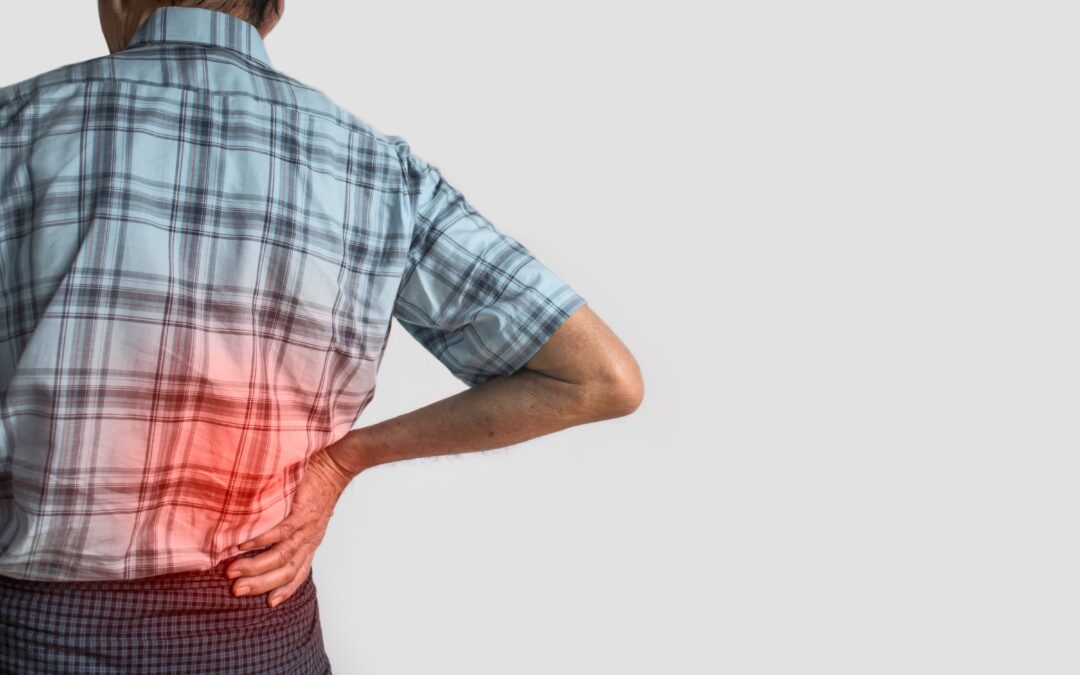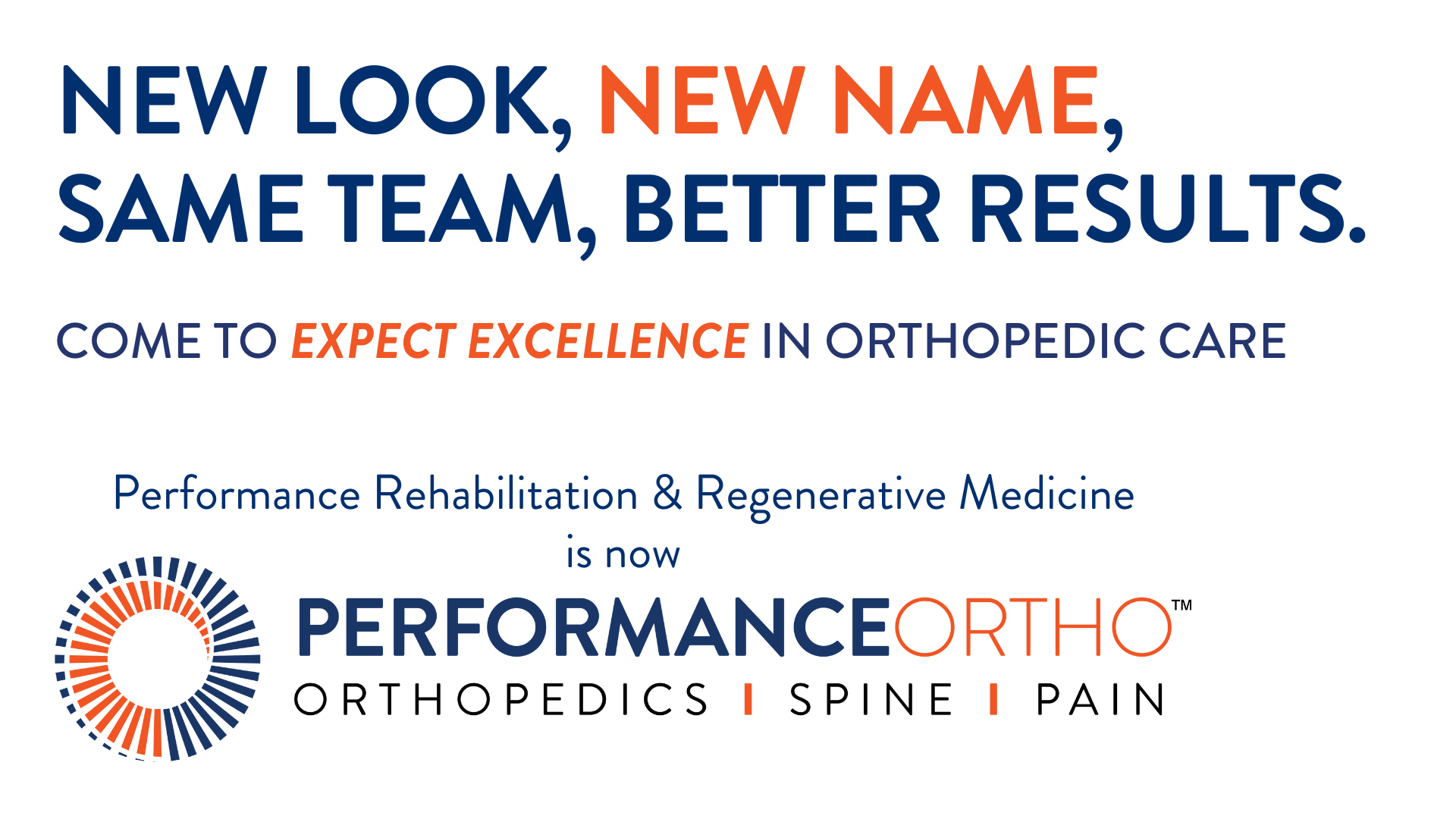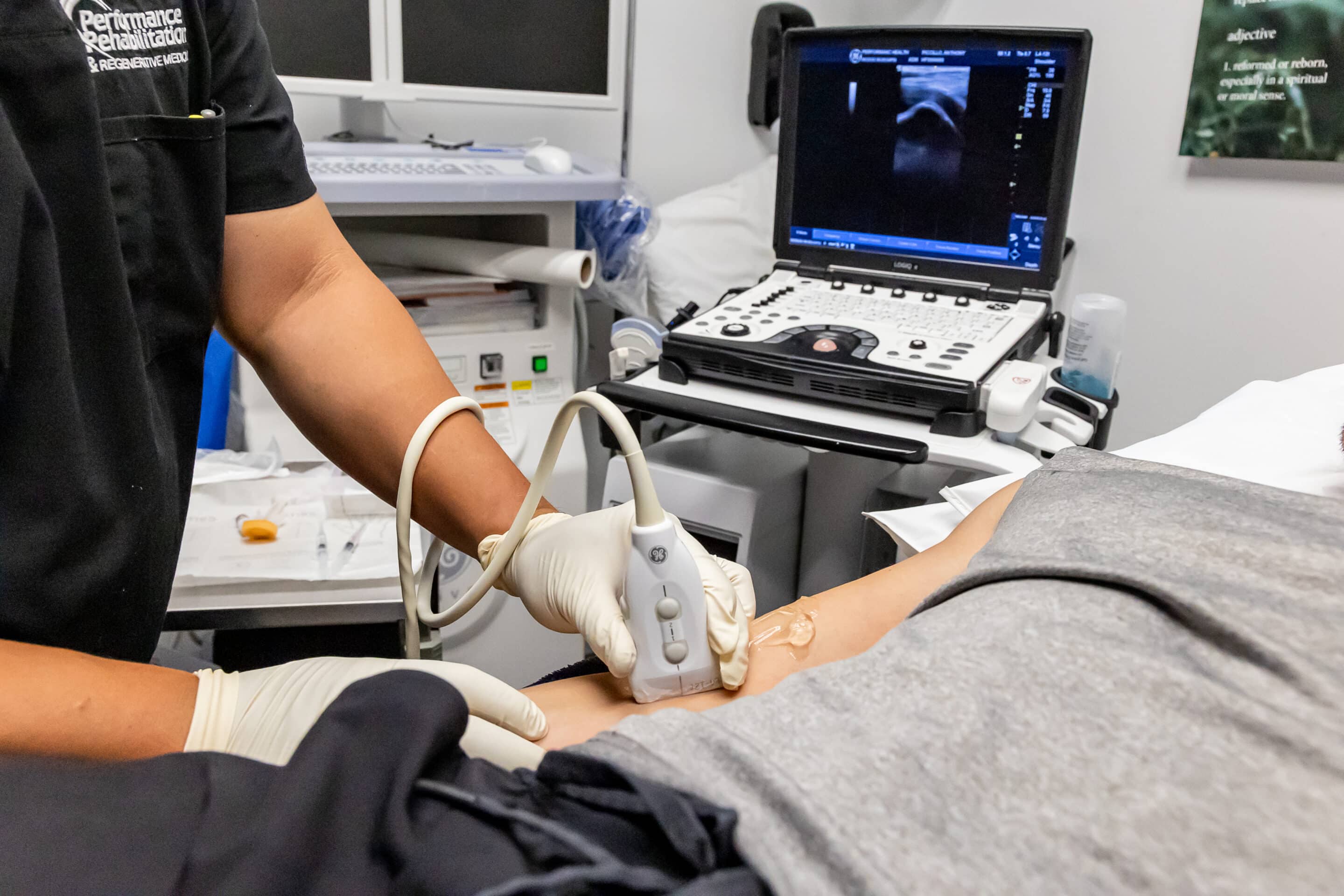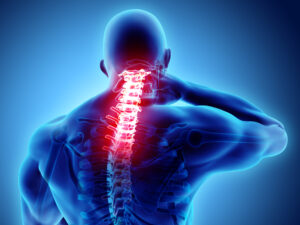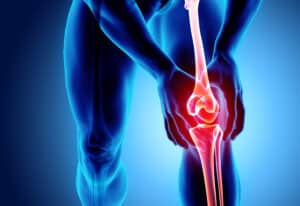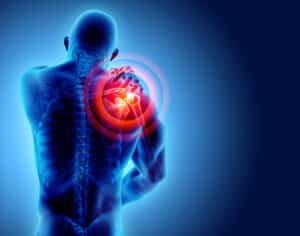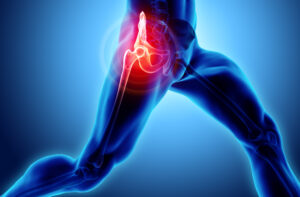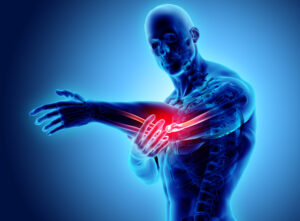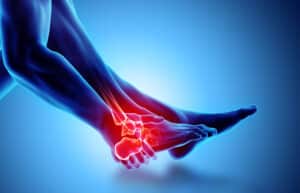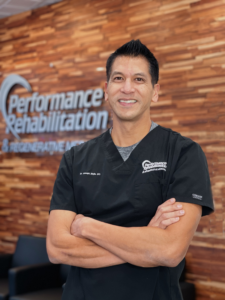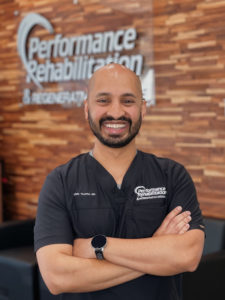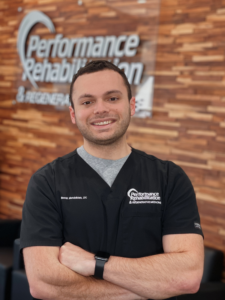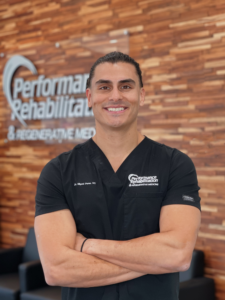Somerset County’s Premier Spine Pain Specialists
In spine health, people often mix up terms like “slipped disc” and “herniated disc,” causing confusion for those with back pain. However, understanding the nuances between these conditions is crucial for diagnosis and treatment. This guide explains the differences between a slipped disc and a herniated disc. It also answers common questions and offers insight on this important topic.
What is a Slipped Disc?
Firstly, it’s essential to clarify that “slipped disc” is a misnomer. Discs, which are rubbery cushions between the vertebrae in your spine, do not actually “slip.” Instead, people colloquially use this term to describe a condition where a disc has extended beyond its normal boundary. The medical term for a slipped disc is a disc protrusion or herniated disc.
What is a Herniated Disc?
A herniated disc happens when the soft center of a disc pushes through a tear in the tough outer casing. This can irritate nearby nerves and result in pain, numbness, or weakness in an arm or leg. A herniated disc is when disc material moves out of place, not a “slipped disc” as commonly believed.
Key Differences Between a Slipped Disc and a Herniated Disc
Understanding that “slipped disc” is not a medically accurate term is the first step in distinguishing between these conditions. A disc protrusion and a herniated disc are different. The main difference is how much the disc has moved and the condition of the disc’s center. A disc protrusion is also known as a slipped disc.
- Extent of Displacement: A herniated disc implies a significant rupture allowing the nucleus pulposus to escape, whereas a slipped disc (disc protrusion) suggests a less severe condition where the disc bulges without the nucleus breaking through.
- Symptoms and Severity: Herniated discs often result in more pronounced symptoms due to the direct pressure on spinal nerves. In contrast, a slipped disc might not always affect nearby nerves, leading to less severe symptoms.
Herniated Disc
Common Questions About Slipped and Herniated Discs
Q: What causes a disc to herniate? A: Disc herniation is typically the result of age-related wear and tear, known as disc degeneration.
As we age, the discs in our spine lose water. This makes them less flexible and more prone to tearing or rupturing. These injuries can occur from small movements or twisting.
Q: Are slipped and herniated discs the same? A: While often used interchangeably in casual conversation, medically, the term slipped disc is not accurate. Most healthcare professionals prefer the term herniated disc to describe the condition accurately.
Q: Can exercise prevent a herniated disc? A: Regular, low-impact exercises can help prevent a herniated disc by strengthening the muscles that support your spine. Core-strengthening exercises, in particular, can stabilize and support the spine, reducing the risk of herniation.
Q: How are herniated discs treated? There are different treatment options for disc-related issues. These options range from basic treatments such as therapy and medication to more serious options like injections or surgery. The choice of treatment depends on the symptoms and condition of the disc.
Team Based Approach to Back Pain
Back pain, particularly that stemming from disc issues like herniated or bulging discs, can significantly impact an individual’s quality of life. A team works together to manage disc back pain, using different healthcare professionals to address the complex nature of spinal health. This collaborative method ensures a more holistic and personalized treatment plan for patients, ultimately leading to more effective outcomes. Let’s explore how a team-based approach works in the context of disc back pain.
Treating disc back pain with a team-based approach means using the skills of various healthcare professionals. This approach aims to provide holistic and efficient care that focuses on the patient. The team works together to address the patient’s needs and create a comprehensive treatment plan.
By combining different expertise, the team can offer a more well-rounded and effective approach to managing disc back pain. By focusing on comprehensive care, personalized treatment plans, and innovative solutions, this collaborative model significantly enhances the quality of care for patients suffering from disc-related back pain. For individuals experiencing chronic back pain, seeking care from a facility that employs a team-based approach can be a crucial step towards achieving lasting relief and improved spine health.
In short, people often mix up the terms slipped disc and herniated disc. It’s important to understand the differences for proper diagnosis and treatment.
A slipped disc and a herniated disc are not the same thing. Knowing the distinction can help with getting the right care.
By educating ourselves and taking proactive steps towards spine health, we can mitigate the risks associated with these conditions. Remember, maintaining a healthy spine is integral to overall well-being, and knowledge is the key to prevention. Book an appointment today to start living pain-free.

